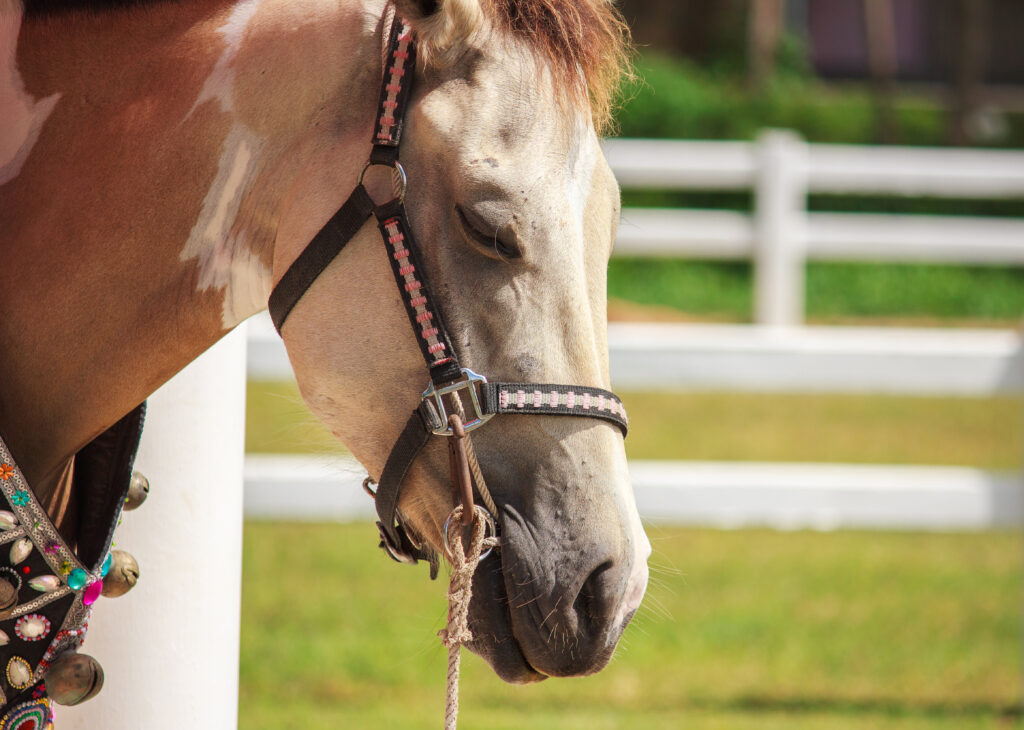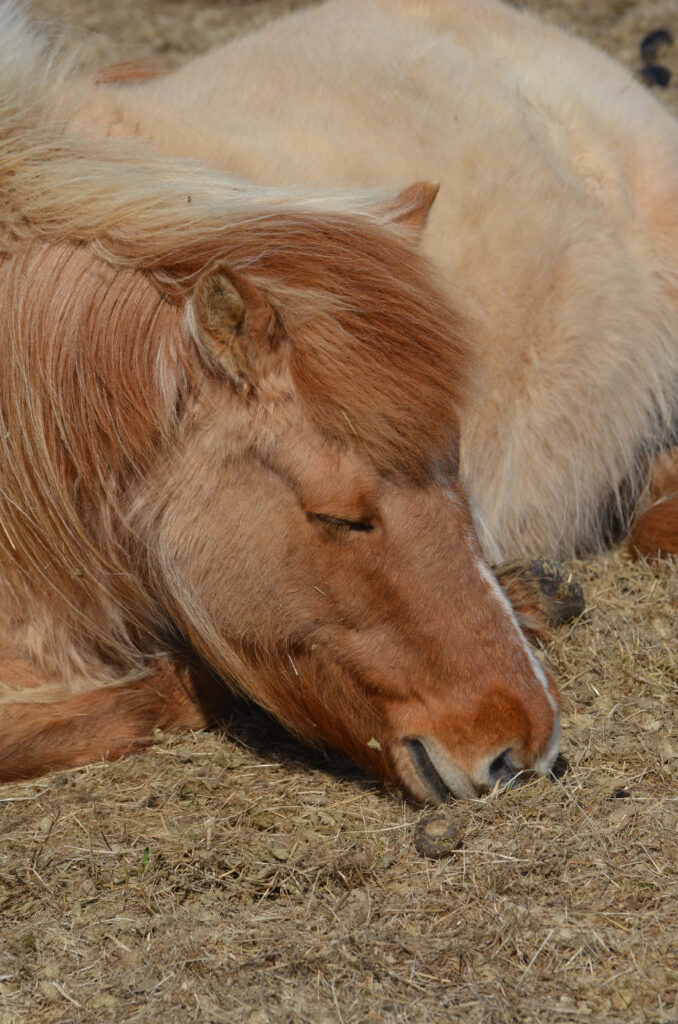How Do Horses Sleep?

If you’ve ever wondered how horses sleep, you’re not alone. Horses don’t actually sleep while standing, but they do doze off. For REM sleep, they lie down. If you watch a horse sleep on television, you’ll notice that the horse is prone to falling asleep while lying down. In other words, horses sleep in two stages: Rapid eye movement (REM) and slow-wave sleep.
Slow-wave sleep
You have probably noticed your horse falling into a deep state of sleep during the night. If you have ever ridden a school bus, you’ve likely noticed that your horse drifts off for a short time before a bump in the road wakes you up. Similarly, when you hit the pillow after a long day of playing, you might be deep in sleep. While our bodies have several types of sleep, horses have a unique type of sleep called slow-wave sleep. This type of sleep involves a waking-up position and is often performed while standing.
During the day, your horse will sleep for two to five hours. While they need this amount of sleep to maintain optimal health and vitality, they may nap for just a few minutes at a time. A horse’s sleep cycles are based on its environment, social hierarchy, and familiarity with its surroundings. During the night, it is possible for a horse to sleep standing up, lying on its side, or lying on its back.
Rapid eye movement (REM) sleep
What does rapid eye movement (REM) sleep in horses mean? In horses, REM is known as a paradoxical form of sleep and is essential for the animal’s health and well-being. Insufficient amounts of REM sleep are detrimental for horse health. Most horses need three hours of deep sleep every day to perform optimally. It is important to observe your horse’s sleep patterns to understand its behavior.
For horses to enter REM sleep, they must lie flat and remain still for several hours. This is not possible during the daytime, when artificial light interferes with the horse’s sleep/wake cycles. Moreover, busy breeding and training barns often have activities throughout the night, so horses can become deprived of REM sleep. REM sleep deprivation is most common in busy breeding and training barns.
Stay apparatus
One of the more fascinating aspects of the anatomy of horses is the stay apparatus. This device holds the horse’s hind legs and front limbs in place while it sleeps. The biceps tendon is locked into a groove in the bone to keep the shoulder blade in place and elbow in the right position. When a horse is sleeping, it relies on the stay apparatus to prevent collapsing.
The hind stay apparatus consists of the stifle and the hock. The patella locks over the head of the femur and the hock joint. It is held in place by ligaments. The horse may fall asleep with one hind foot resting on the toe or the other on the ground. A stay apparatus is essential to keeping a horse stable and asleep, because it keeps the animal stable and calm.
Lying down makes them more vulnerable
Horses are prey animals, so they naturally prefer to sleep standing up. This way, they can move quickly out of harm’s way, whereas a horse that sleeps lying down is much more vulnerable. Here are some things to remember about sleeping in the same position as a horse. Here are a few tips to keep your horse safe when he’s asleep. You may be surprised by how many horses will sleep on their sides!
When horses lie down, they’re in a light sleep phase. They are not in a deep sleep, but they are easily woken. Horses who sleep on their side and on their chest are vulnerable, because they’re not as well-supported. They may be too relaxed, which limits blood flow and puts pressure on their internal organs. If you see a horse lying on its side, it’s probably in the deep sleep phase, which is slightly a precursor to REM sleep.
Sleeping in groups
If you’ve ever wondered how horses sleep in groups, you’re not alone. The Swedish University of Agricultural Sciences researchers studied the sleeping habits of group-housed horses. The study concluded that horses tend to sleep in groups because the structure of their herd ensures their safety from predators. While there are many benefits to group housing, the social and competitive nature of group-housed animals may play a role.
First, horses sleep standing up. While this is not an optimal sleeping position, horses don’t tend to fall down while sleeping. Although sleeping on the legs is comfortable, this method does not provide deep sleep. The skeletal muscles in horses cannot relax, resulting in restless sleep. This is because horses have evolved to move around as prey animals. In addition, horses have developed an elaborate stay apparatus that keeps them in a standing position.
Stressors that affect equine sleep
If you’ve ever ridden a school bus, you’ve probably experienced a period of dozing during the ride. Often, a slight bump will snap you right back to reality, but you may have slept deeply by the time you reached your car’s dashboard. Or perhaps you’ve watched a horse snore under the saddle in the middle of the arena. Your horse may also be prone to standing sleep, which resembles snoozing.
The first thing to do if you suspect a problem with your horse’s sleep is to watch your horse while he is asleep. If he displays unusual behavior during the night, then you should take your horse to a veterinarian for diagnosis. It’s important to note that horses tend to show pain during quieter hours of the day, so a sleep disorder will likely appear during quieter times.
